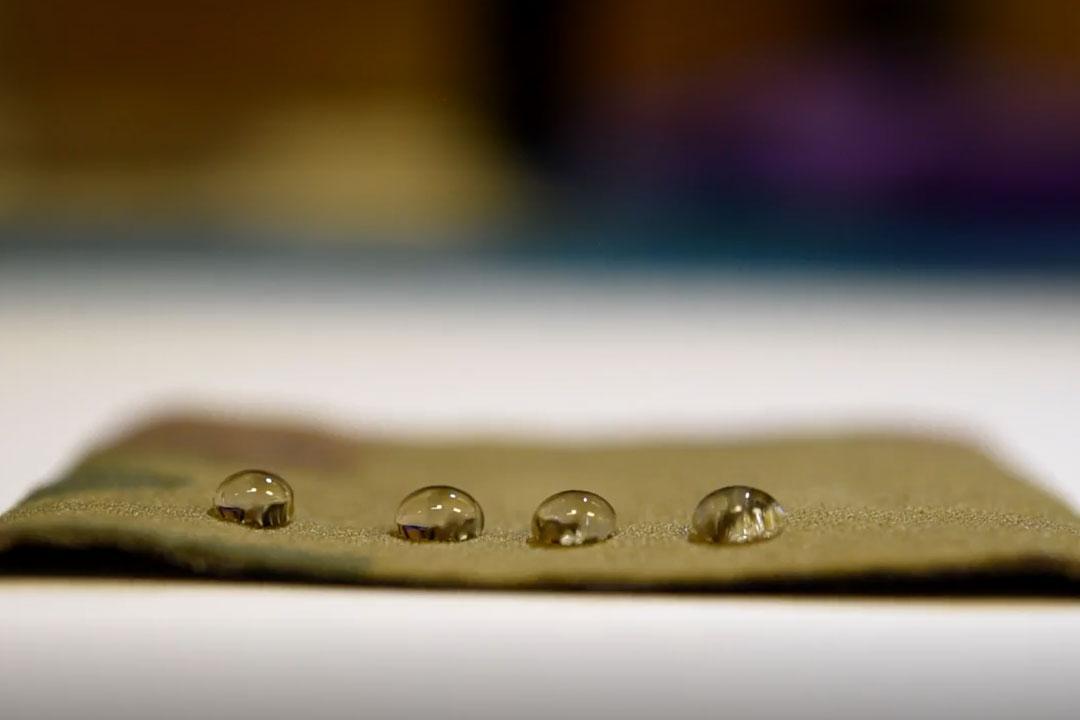
New, Safer Non-Stick Cooking Surface Developed by Scientists
In a breakthrough move, scientists at the University of Toronto have developed a new, safer non-stick cooking surface that repels both water and grease as effectively as standard non-stick coatings. The innovative material, a hybrid polydimethylsiloxane (PDMS) coating with nanoscale fletching, contains significantly lower amounts of per- and polyfluoroalkyl substances (PFAS), a family of chemicals that have raised environmental and health concerns.
The development of this new non-stick coating is a significant step forward in addressing the concerns surrounding the use of PFAS in non-stick cookware. PFAS have been linked to various health problems, including cancer, thyroid disease, and reproductive issues, and have been shown to persist in the environment for extended periods. The use of PFAS in cookware has also been linked to the contamination of food and water supplies.
The new non-stick coating, developed by a team of researchers led by Dr. Zhengwei Lin, is designed to provide the same non-stick performance as traditional non-stick coatings while minimizing the use of PFAS. The coating is made up of a PDMS base material, which is modified with nanoscale fletching to enhance its non-stick properties. The fletching is made up of tiny, sharp protrusions that create a barrier between the cooking surface and the food, preventing it from sticking.
In a study published in the journal Nature Communications, the researchers found that the new non-stick coating was able to repel both water and grease as effectively as standard non-stick coatings. The coating was tested using a variety of cooking methods, including frying, boiling, and baking, and was found to perform consistently well.
One of the key advantages of the new non-stick coating is its reduced use of PFAS. Traditional non-stick coatings often contain high levels of PFAS, which can leach into food and contaminate the environment. The new coating, on the other hand, contains significantly lower levels of PFAS, making it a safer choice for consumers.
The development of this new non-stick coating is a significant step forward in addressing the concerns surrounding the use of PFAS in non-stick cookware. The use of PFAS in cookware has been linked to various health problems, including cancer, thyroid disease, and reproductive issues, and has been shown to persist in the environment for extended periods.
In addition to its reduced use of PFAS, the new non-stick coating also has a number of other advantages. It is durable and easy to clean, and can be used at high temperatures without losing its non-stick properties. It is also resistant to scratches and chips, making it a practical choice for consumers.
The development of this new non-stick coating is a significant step forward in the field of cookware technology. It provides consumers with a safer, more environmentally friendly alternative to traditional non-stick coatings, and has the potential to make a significant impact on the environment.
As the world grapples with the challenges of sustainability and environmental protection, the development of this new non-stick coating is a welcome innovation. It demonstrates the potential for scientific innovation to drive positive change, and highlights the importance of prioritizing the health and well-being of both humans and the environment.






